Es lebe die R...
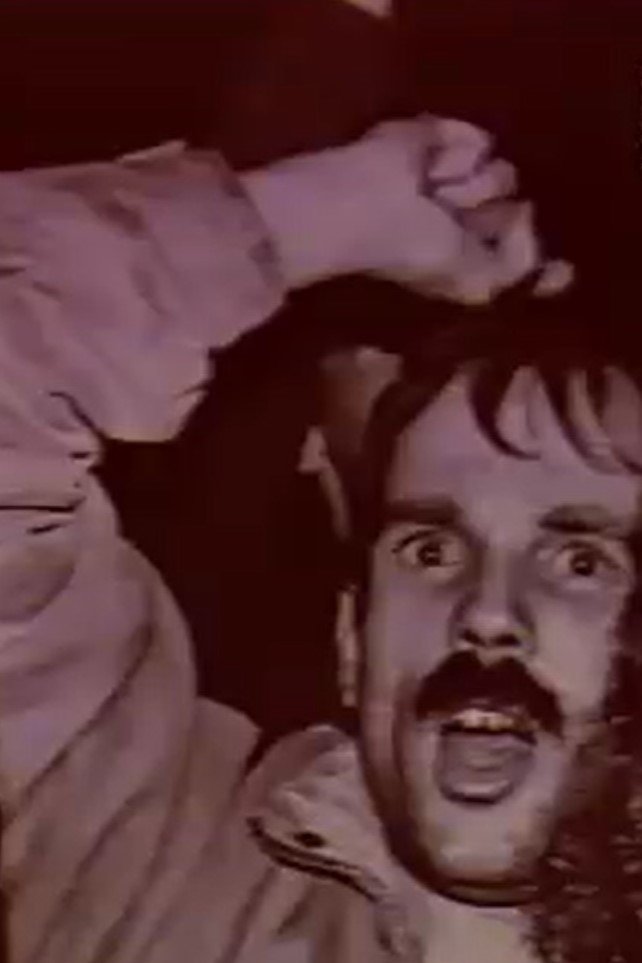
Release date: 1989-11-26
Votes: No data for this movie
Genres: Documentary
In interviews, several important GDR personalities and also GDR citizens comment on the events of October 1989.
Reviews
No reviews for this movie.
Movie Recommendation
No recommendations for this movie.
Similar Movies
Sieg im Osten
1993-10-05The army of the GDR, called NVA had not survived the reunification of Germany, it was completely absorbed by the Bundeswehr and scrapped subsequently. But what apparently went on so smoothly as a peaceful unification of hostile brothers quietly left deep scars in the East German landscape.Interkosmos
1980-01-01Short film about astronauts in the GDRPride & Attitude
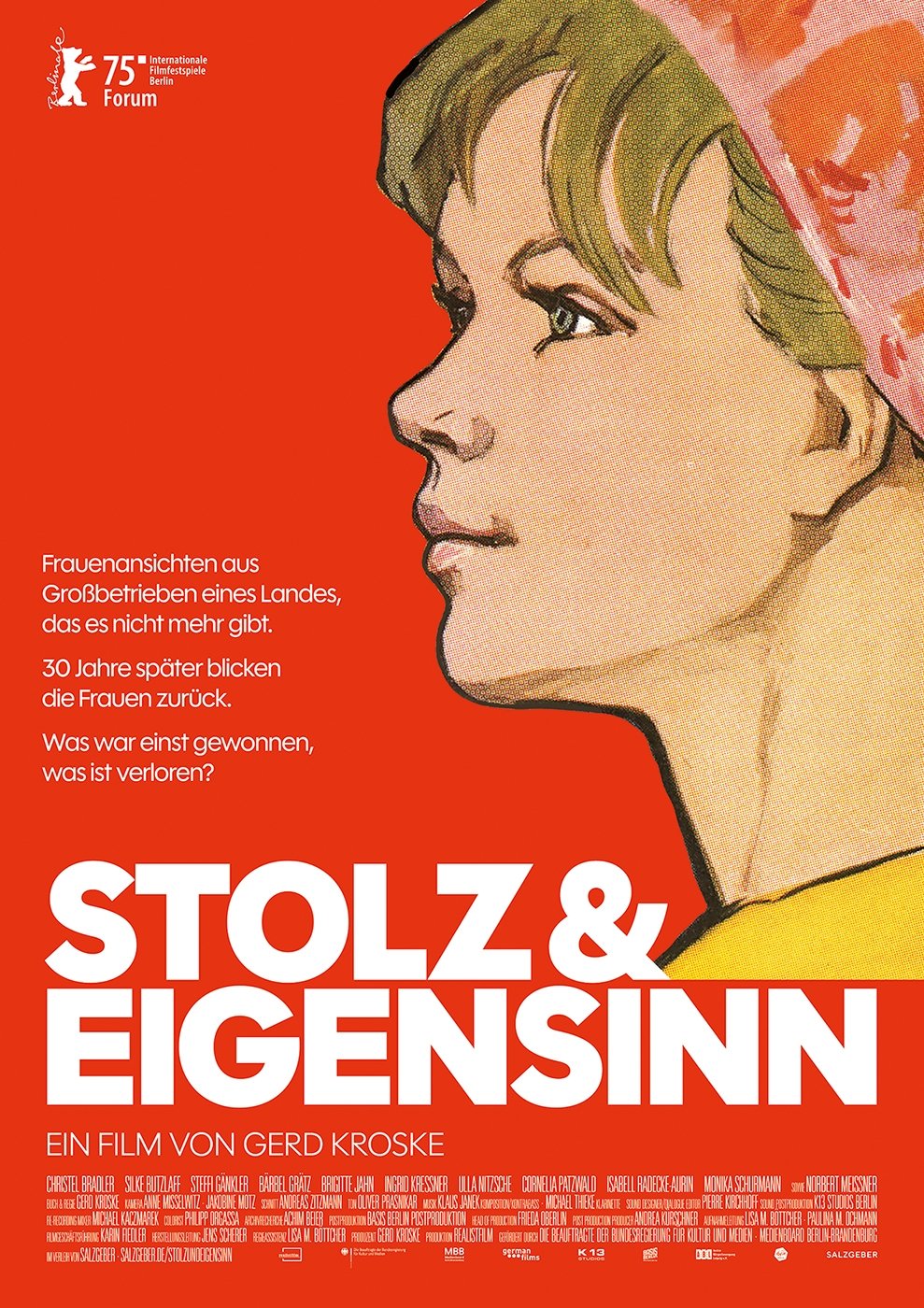 2025-10-09The viewpoints of women from a country that no longer exists preserved on low-band U-matic tape. GDR-FRG. Courageous, self-confident and emancipated: female industry workers talk about gaining autonomy.
2025-10-09The viewpoints of women from a country that no longer exists preserved on low-band U-matic tape. GDR-FRG. Courageous, self-confident and emancipated: female industry workers talk about gaining autonomy.Der schwarze Kasten
 1992-06-11Interview with Jochen Girke, a retired East German Stasi agent, filmed March, 1990 to June, 1991. Questions explore his study of psychology for use as a filmmaker and trainer of interrogators and informers. Segments include conversations with his parents, teacher, former girlfriend and wife.
1992-06-11Interview with Jochen Girke, a retired East German Stasi agent, filmed March, 1990 to June, 1991. Questions explore his study of psychology for use as a filmmaker and trainer of interrogators and informers. Segments include conversations with his parents, teacher, former girlfriend and wife.JUNI 53
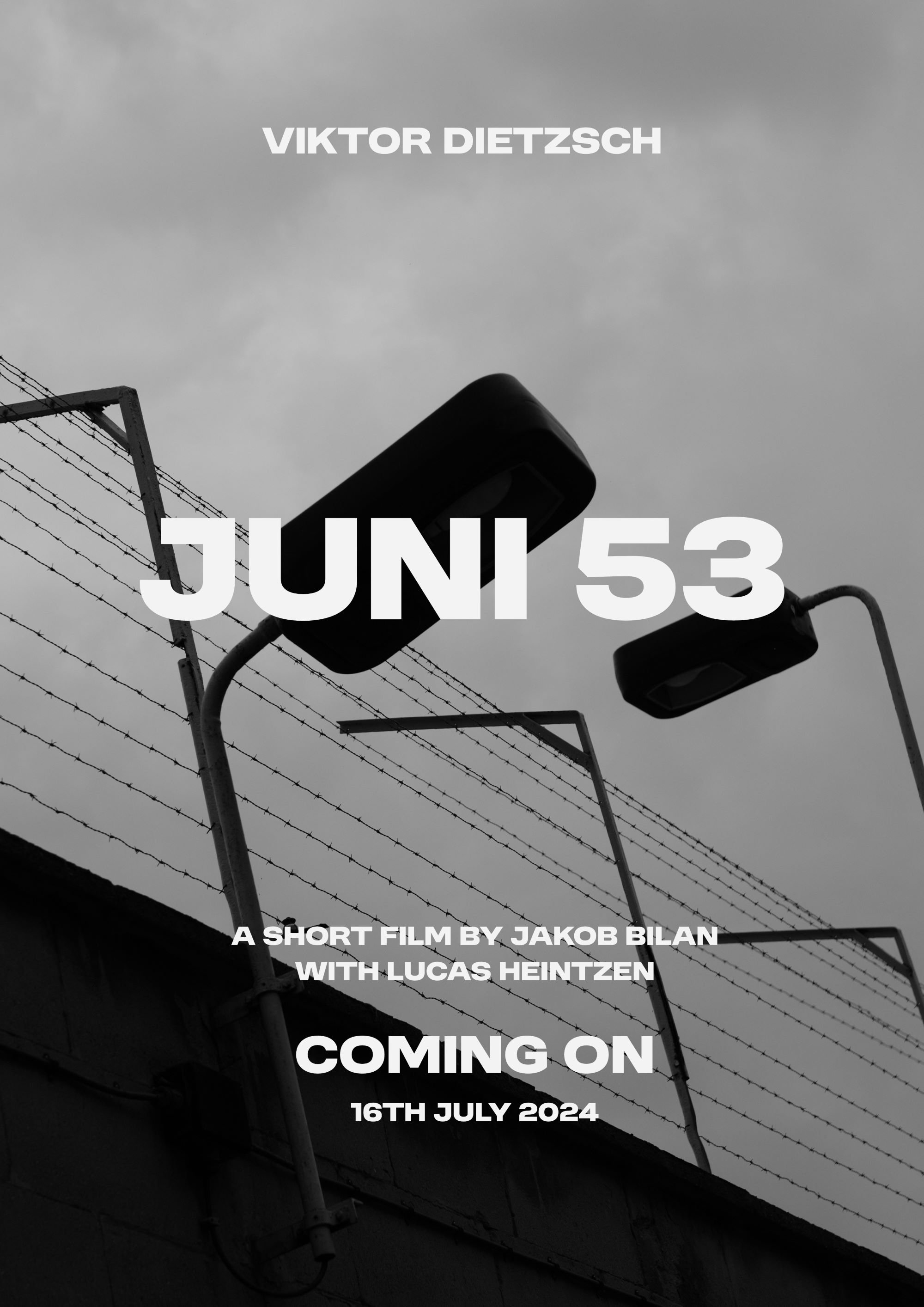 2024-07-16There is no description
2024-07-16There is no descriptionHotel Astoria
 2020-10-28At Hotel Astoria, the former hotspot of Leipzig, guests were served champagne and turtle soup while the Stasi listened in. Animated memories from times gone by.
2020-10-28At Hotel Astoria, the former hotspot of Leipzig, guests were served champagne and turtle soup while the Stasi listened in. Animated memories from times gone by.Robotron - High Tech ...
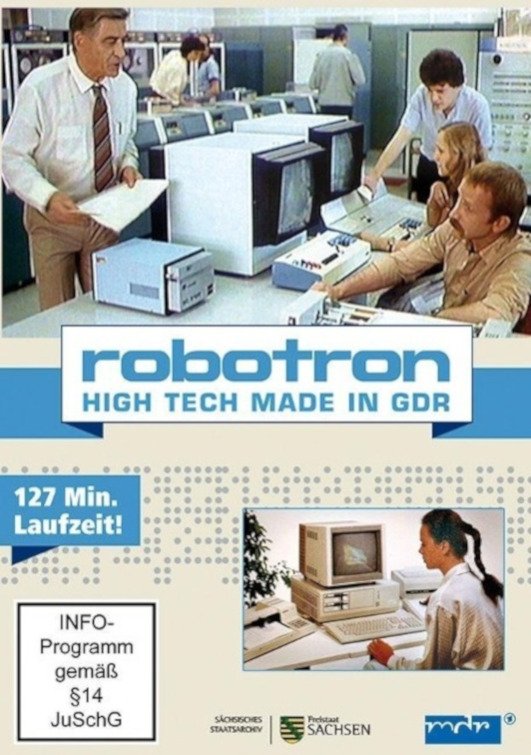 2013-01-01In a world divided by the Iron Curtain, East Germany sought to carve its niche in the technological race. Enter "Robotron" - a name that seamlessly blended "robot" and "electronics." This wasn't just a brand; it was an ambitious answer to the West's technological advancements, a testament to the GDR’s drive to match, if not surpass, Western innovation. Drawing inspiration from the corporate giants of the West, the GDR‘s government merged various businesses to form this tech behemoth. With 16 major hubs in Central Germany alone, it was clear: "Robotron" was to be the DDR's technological crown jewel. But what was the Socialist Unity Party (SED), the GDR's ruling party, envisioning with this grand venture? How did "Robotron" navigate the challenges of operating within a socialist planned economy, while striving for global excellence? And as it grew to dominate East Germany's tech landscape, why did it always seem to be one step behind the leading global tech powers?
2013-01-01In a world divided by the Iron Curtain, East Germany sought to carve its niche in the technological race. Enter "Robotron" - a name that seamlessly blended "robot" and "electronics." This wasn't just a brand; it was an ambitious answer to the West's technological advancements, a testament to the GDR’s drive to match, if not surpass, Western innovation. Drawing inspiration from the corporate giants of the West, the GDR‘s government merged various businesses to form this tech behemoth. With 16 major hubs in Central Germany alone, it was clear: "Robotron" was to be the DDR's technological crown jewel. But what was the Socialist Unity Party (SED), the GDR's ruling party, envisioning with this grand venture? How did "Robotron" navigate the challenges of operating within a socialist planned economy, while striving for global excellence? And as it grew to dominate East Germany's tech landscape, why did it always seem to be one step behind the leading global tech powers?Ost/West – Relikte e...
2019-11-07There is no descriptionBerlin Hauptbahnhof
1988-01-01Documents the remodeling of the Ostbahnhof in Berlin Friedrichshain into the central station of the GDR.Meiner ist bei den So...
1975-01-01East German short filmBerlin – Bauplatz der...
 1982-01-01Documents the work of youth work action on construction sites in East Berlin.
1982-01-01Documents the work of youth work action on construction sites in East Berlin.Republic of Zambia
 1979-01-01Erich Honecker visits the Republic of Zambia
1979-01-01Erich Honecker visits the Republic of ZambiaAchtung Staatsgrenze
1963-01-01Short film about the GDR state borderDer Held vom Bahnhof ...
2025-12-11All his life, Michael Hartung, owner of a hopelessly debt-ridden video store, has bet on the wrong horse. When an ambitious journalist confronts him with the results of his research, everything changes for the charmingly melancholy Micha. Many years ago, as an employee of the Reichsbahn, he is said to have organized the largest mass escape in the GDR. Stasi files prove the case. He was apparently even imprisoned and then deported to an open-cast lignite mine. Seduced by a lavish salary, Micha confirms the story, although only fragments of it are true.Everything's a Lie
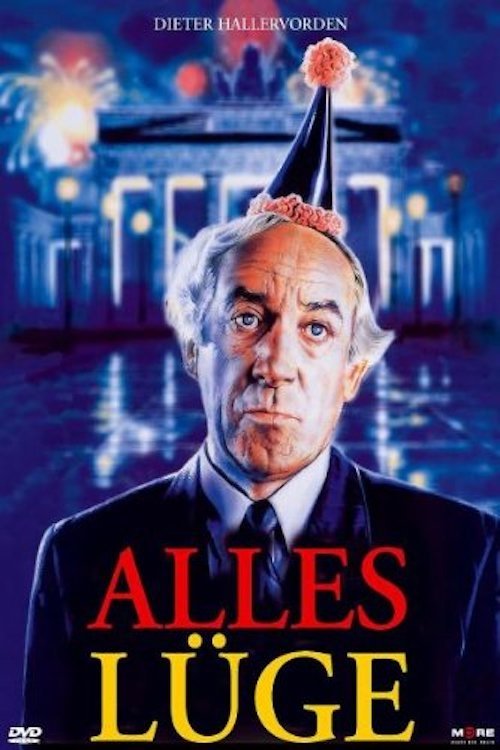 1992-04-09Erich Kasulke and Rudolf Portmann are comedian stars of the former GDR. When the Wall falls, so does their success. Portmann becomes a successful businessman, while Kasulke tries to continue working on the comedy circuit - without success. When his wife also cheats on him, he decides to start a new life in Berlin. There he quickly meets his old friend Portmann, who has built up a huge company. He offers him a job. But Erich puts the entire company in danger...
1992-04-09Erich Kasulke and Rudolf Portmann are comedian stars of the former GDR. When the Wall falls, so does their success. Portmann becomes a successful businessman, while Kasulke tries to continue working on the comedy circuit - without success. When his wife also cheats on him, he decides to start a new life in Berlin. There he quickly meets his old friend Portmann, who has built up a huge company. He offers him a job. But Erich puts the entire company in danger...Beyond the Blue Borde...
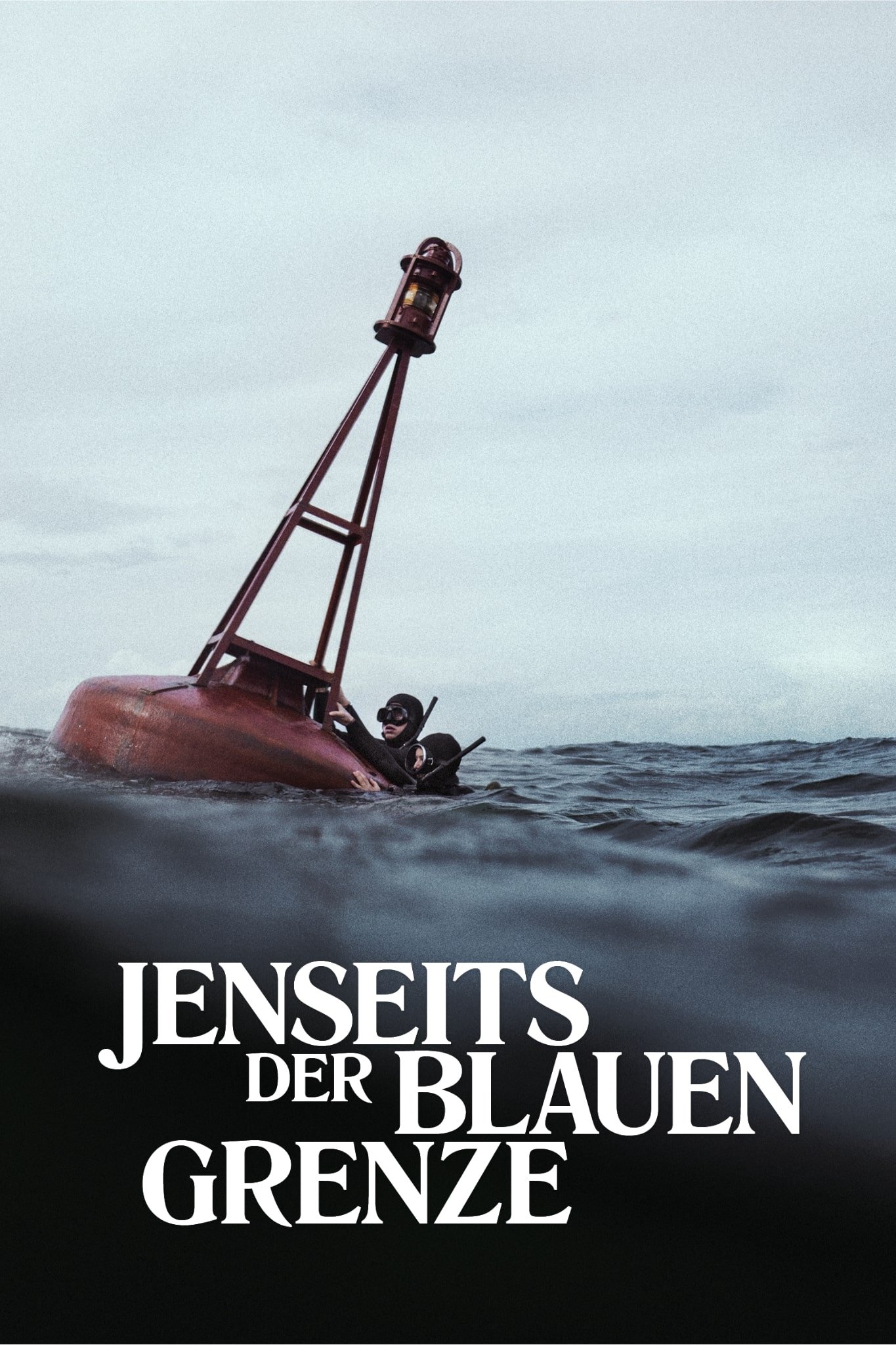 2024-10-03GDR, August 1989: Hanna and Andreas became a target of the secret police and had to give up their plans for their future studies and desired professions. Instead, they face arbitrariness, mistrust and reprisals. Their only chance for a self-determined life lies in fleeing across the Baltic Sea. Fifty kilometres of water separate them from freedom - and only a thin connecting rope around their wrists saves them from absolute loneliness.
2024-10-03GDR, August 1989: Hanna and Andreas became a target of the secret police and had to give up their plans for their future studies and desired professions. Instead, they face arbitrariness, mistrust and reprisals. Their only chance for a self-determined life lies in fleeing across the Baltic Sea. Fifty kilometres of water separate them from freedom - and only a thin connecting rope around their wrists saves them from absolute loneliness.Auf der Suche nach de...
2004-01-01Our own 20-minute film documentary accompanied the public relations work of the HIB ("Homosexual Interest Group Berlin") from 1977 onwards, for example at a GDR-wide lesbian meeting in East Berlin in 1978. In the HIB there was a cameraman with his Super8 camera, a recently graduated television director, a script team, an actor, someone to carry the camera tripod and the will to capture our work on film (Peter Rausch). From 1973 to 1979, the "Homosexual Interest Group Berlin" (HIB) operated in the capital of the GDR. Its core objective was to create a counseling and communication center for queer GDR citizens (the term "queer" was not yet a term of the new emancipation movement at the time, but it did form the basis of the HIB's work). Film clips in Super 8 format soon became part of the HIB's presentation. At the time, Bodo Amelang had compiled further clips as independent small film contributions in a "kaleidoscope".Discovering The Music...
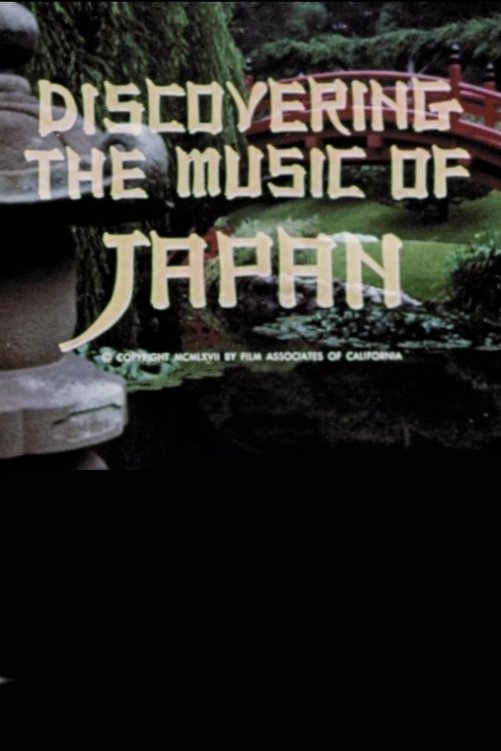 1967-01-01In a beautiful teahouse setting, the historical background and current social role of three major Japanese instruments, the koto, the shamisen and the shakuhachi, are discussed. Includes traditional Japanese singing and playing, with a performance by an ensemble of the instruments.
1967-01-01In a beautiful teahouse setting, the historical background and current social role of three major Japanese instruments, the koto, the shamisen and the shakuhachi, are discussed. Includes traditional Japanese singing and playing, with a performance by an ensemble of the instruments.The Horror of It All
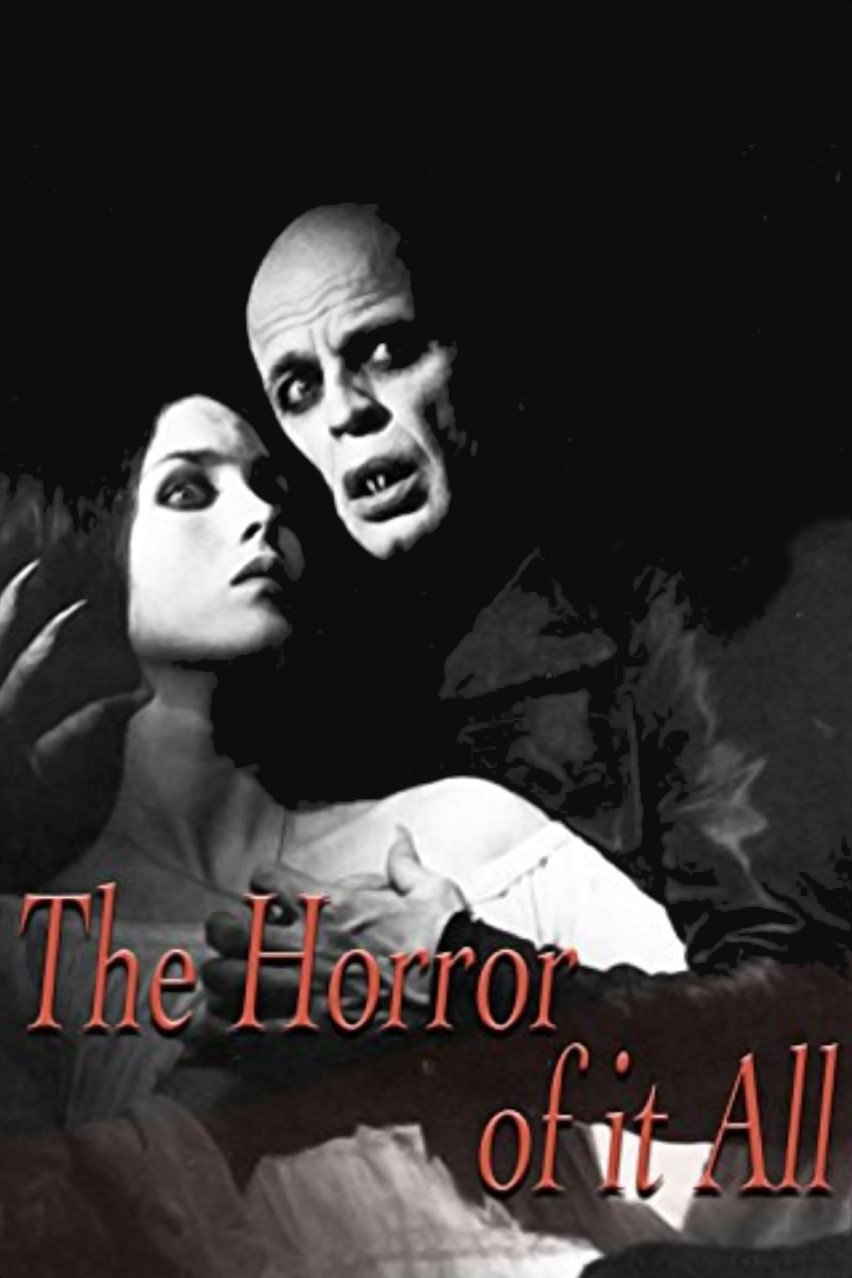 1983-02-23A collection of film clips from horror movies and interviews with the actors and directors who made them.
1983-02-23A collection of film clips from horror movies and interviews with the actors and directors who made them.Mauthausen, Camp of N...
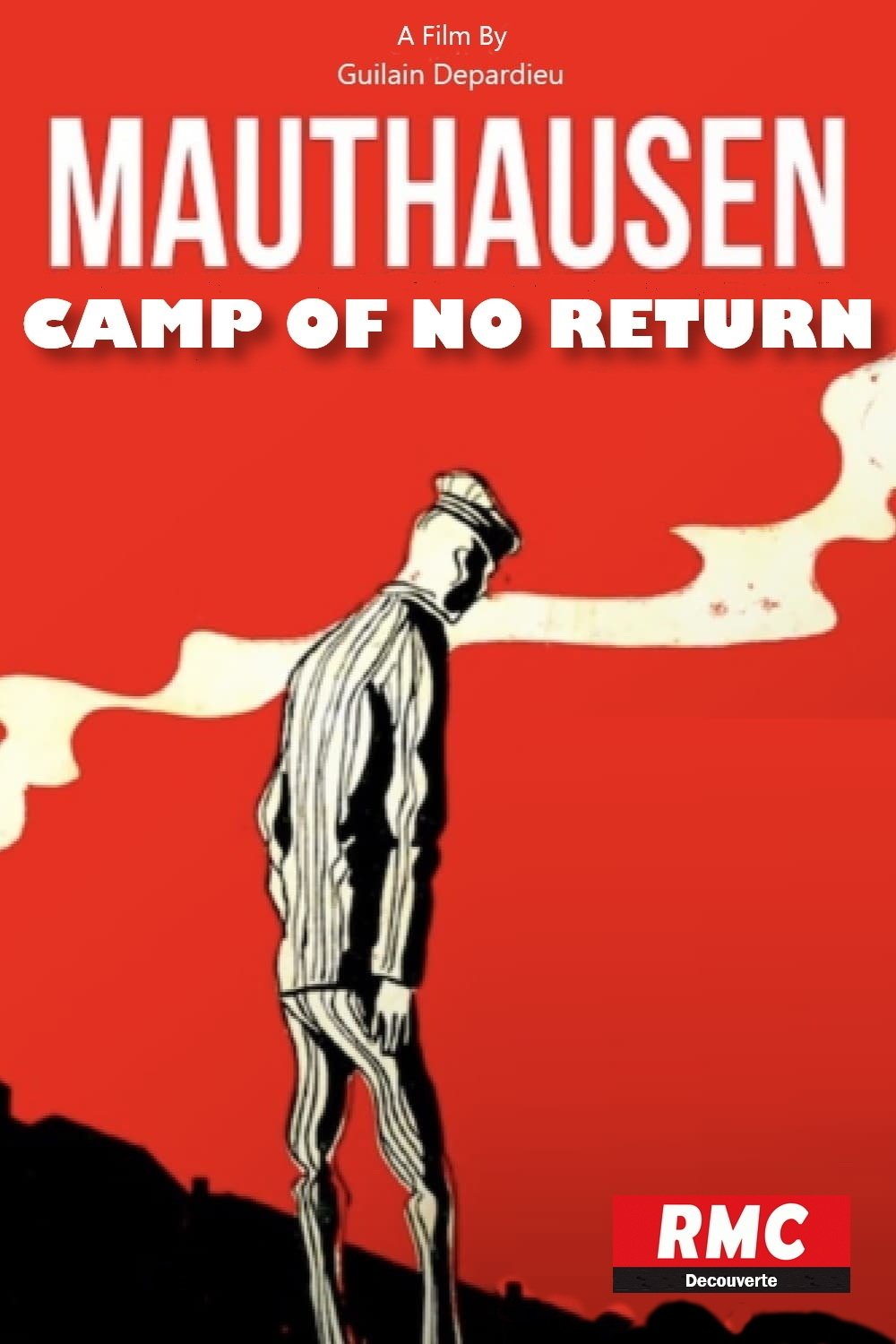 2020-09-01In August 1938, just west of Vienna, Hitler ordered the construction of the Nazi's Mauthausen concentration camp, one of the deadliest in history.
2020-09-01In August 1938, just west of Vienna, Hitler ordered the construction of the Nazi's Mauthausen concentration camp, one of the deadliest in history.
